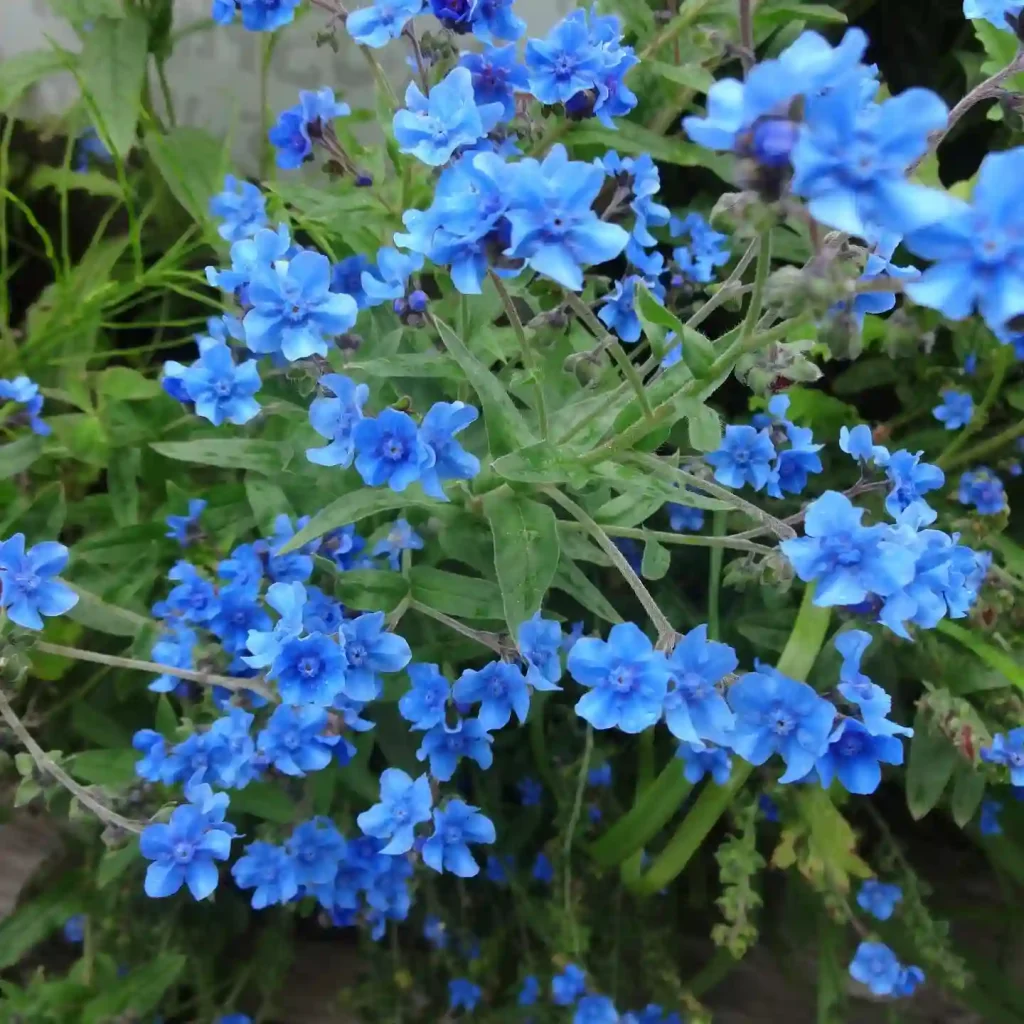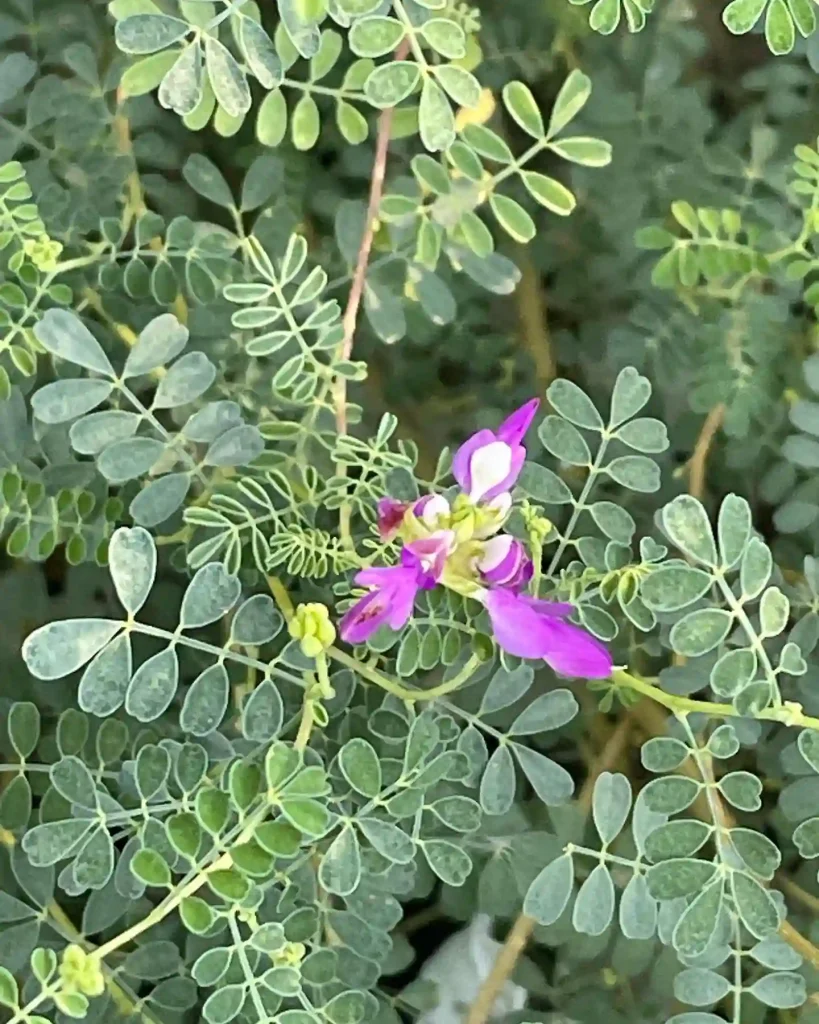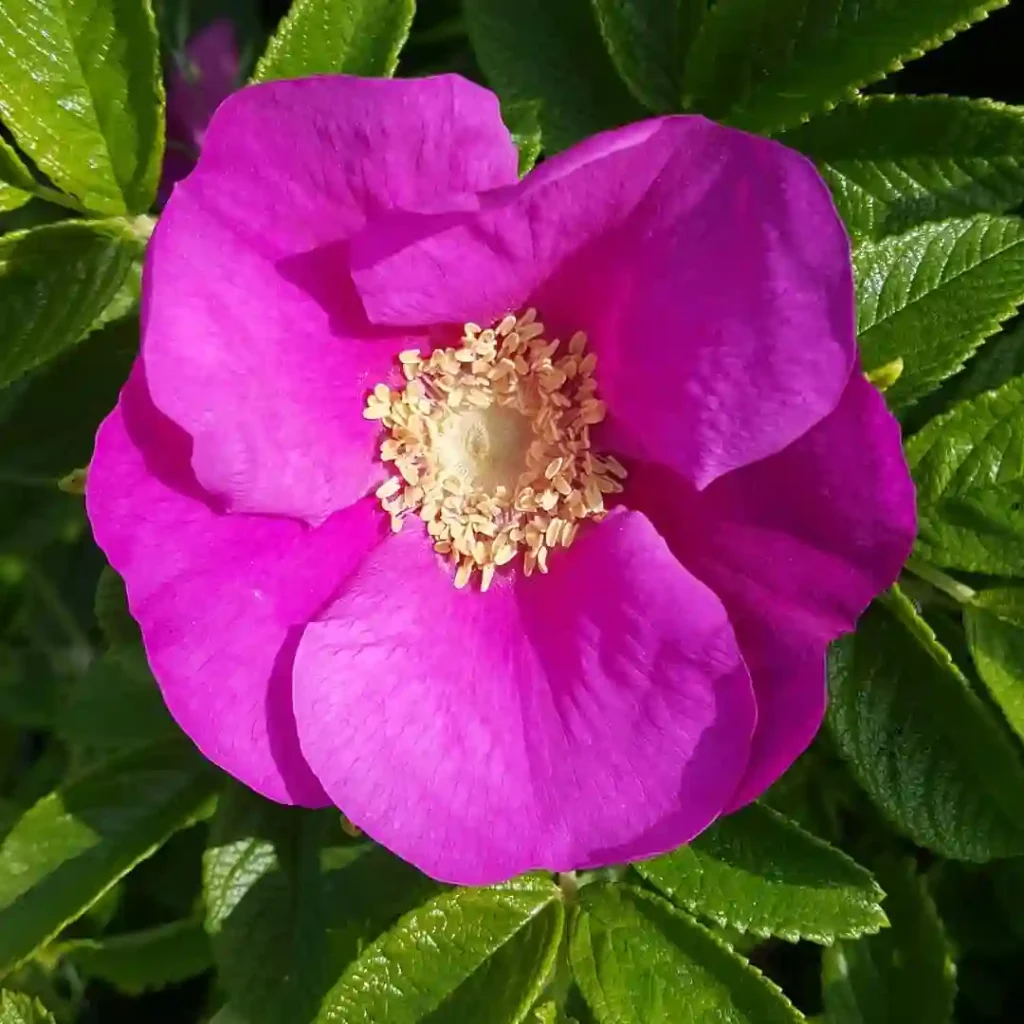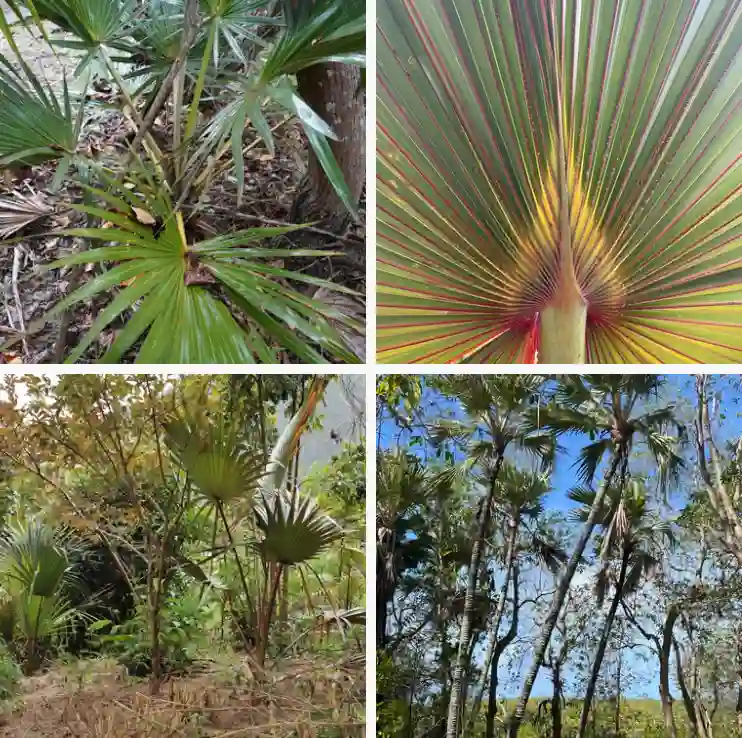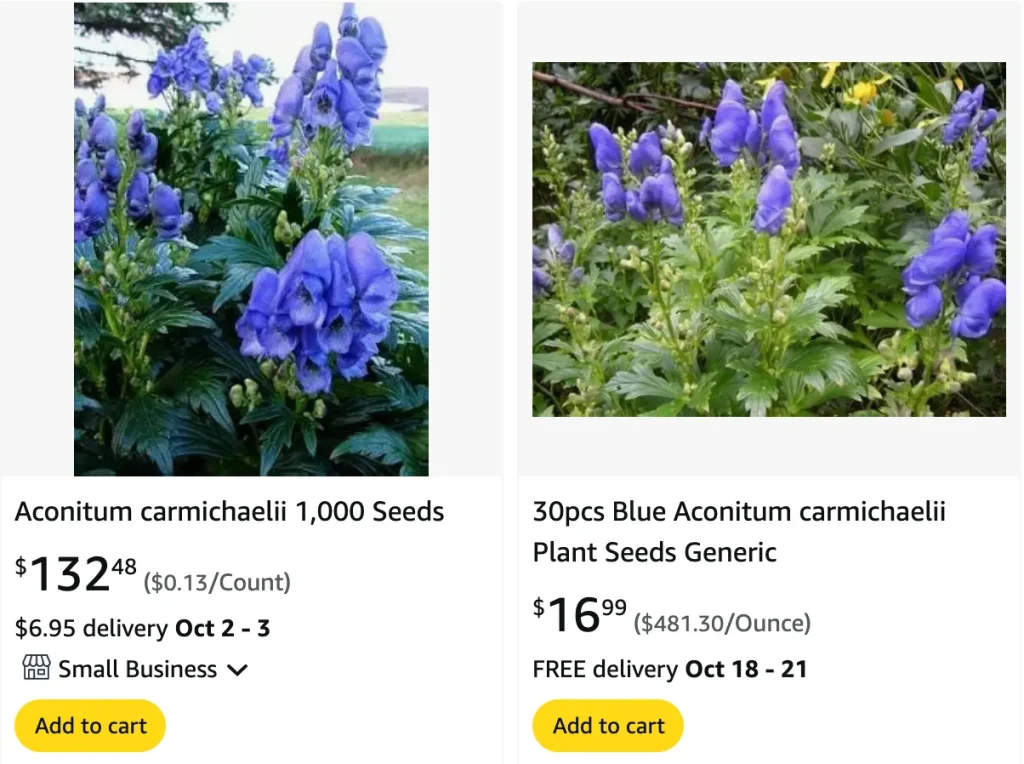
FAQs About Aconitum Carmichaelii: A Comprehensive Guide
Aconitum Carmichaelii, commonly known as Monkshood or Wolfsbane, is a striking plant often admired for its deep blue to purple flowers and robust presence in gardens. Over the years, I’ve gathered a wealth of information about this fascinating plant, and I’m excited to share answers to some of the most frequently asked questions.
369 Species in Genus Aconitum – Monkshood
What Is Aconitum Carmichaelii?
Aconitum Carmichaelii, or Monkshood, is a perennial plant native to parts of Asia, including China and Japan. This plant is renowned for its unique helmet-shaped flowers and tall, imposing growth habit. It typically blooms in late summer to early fall, producing tall spikes adorned with dense clusters of striking blue or purple flowers.
How to Care for Aconitum Carmichaelii?
Caring for Aconitum Carmichaelii is relatively straightforward, but there are a few key points to keep in mind:
- Location: This plant thrives in full sun to partial shade. While it can tolerate full sun, it prefers some afternoon shade, especially in hotter climates.
- Soil: Aconitum Carmichaelii prefers well-draining soil rich in organic matter. It’s adaptable to various soil types but performs best in loamy or sandy soil.
- Watering: Keep the soil consistently moist but not waterlogged. Regular watering is essential, particularly during dry spells.
- Fertilization: Feed the plant with a balanced, all-purpose fertilizer in early spring. A mid-season application can also boost growth.
- Pruning: Deadhead spent flowers to encourage prolonged blooming and cut back the plant after flowering to maintain its shape.
How to Propagate Aconitum Carmichaelii?
Propagating Aconitum Carmichaelii can be done through several methods:
- Division: The most common method is dividing established clumps. This should be done in early spring or fall. Gently separate the clumps into smaller sections, ensuring each section has healthy roots.
- Seeds: Monkshood can also be propagated from seeds. Sow seeds in late winter or early spring, either indoors or directly in the garden. Keep the soil moist and provide a cold stratification period of about 4-6 weeks to improve germination rates.
What to Plant With Aconitum Carmichaelii?
Aconitum Carmichaelii pairs well with a variety of companion plants that complement its dramatic appearance:
- Astilbe: The feathery blooms of Astilbe contrast nicely with the tall spikes of Monkshood, adding texture and color variety.
- Hostas: The broad, lush leaves of Hostas provide a great backdrop and help fill in the space around the Aconitum.
- Echinacea: The vibrant flowers of Echinacea offer a splash of color that contrasts well with the cooler tones of Monkshood.
Is Aconitum Carmichaelii Toxic?
Yes, Aconitum Carmichaelii is highly toxic. All parts of the plant, including the flowers, leaves, and roots, contain alkaloids that can cause severe poisoning if ingested. Symptoms include nausea, vomiting, and even cardiac issues. It’s essential to handle the plant with care, wear gloves when gardening, and keep it away from children and pets.
Benefits of Aconitum Carmichaelii
Despite its toxicity, Aconitum Carmichaelii offers several benefits:
- Garden Aesthetics: Its striking flowers and tall growth make it a focal point in any garden. It adds a dramatic touch to late summer and fall gardens.
- Wildlife: The plant attracts pollinators like bees and butterflies, contributing to a healthy garden ecosystem.
Common Problems with Aconitum Carmichaelii
Like all plants, Aconitum Carmichaelii can face some issues:
- Powdery Mildew: This fungal disease appears as a white, powdery substance on the leaves. Ensure good air circulation and avoid overhead watering to prevent it.
- Root Rot: Overly wet soil can lead to root rot. Make sure the soil drains well and avoid waterlogging.
Compare with Other Similar Plants
Aconitum Carmichaelii is often confused with several other plants due to its similar appearance:
- Aconitum Napellus: Also known as Monkshood, Aconitum Napellus is a close relative but usually features shorter, more upright flower spikes and different flowering habits.
- Delphinium: Sometimes mistaken for Aconitum due to its tall, spiky blooms, Delphinium has different flower shapes and is less toxic.
Conclusion
Aconitum Carmichaelii, with its dramatic blooms and imposing stature, can be a stunning addition to your garden. However, its toxicity requires careful handling and consideration of plant placement. By understanding its care needs, propagation methods, and potential problems, you can enjoy its beauty while keeping your garden safe and vibrant.
If i die, water my plants!
